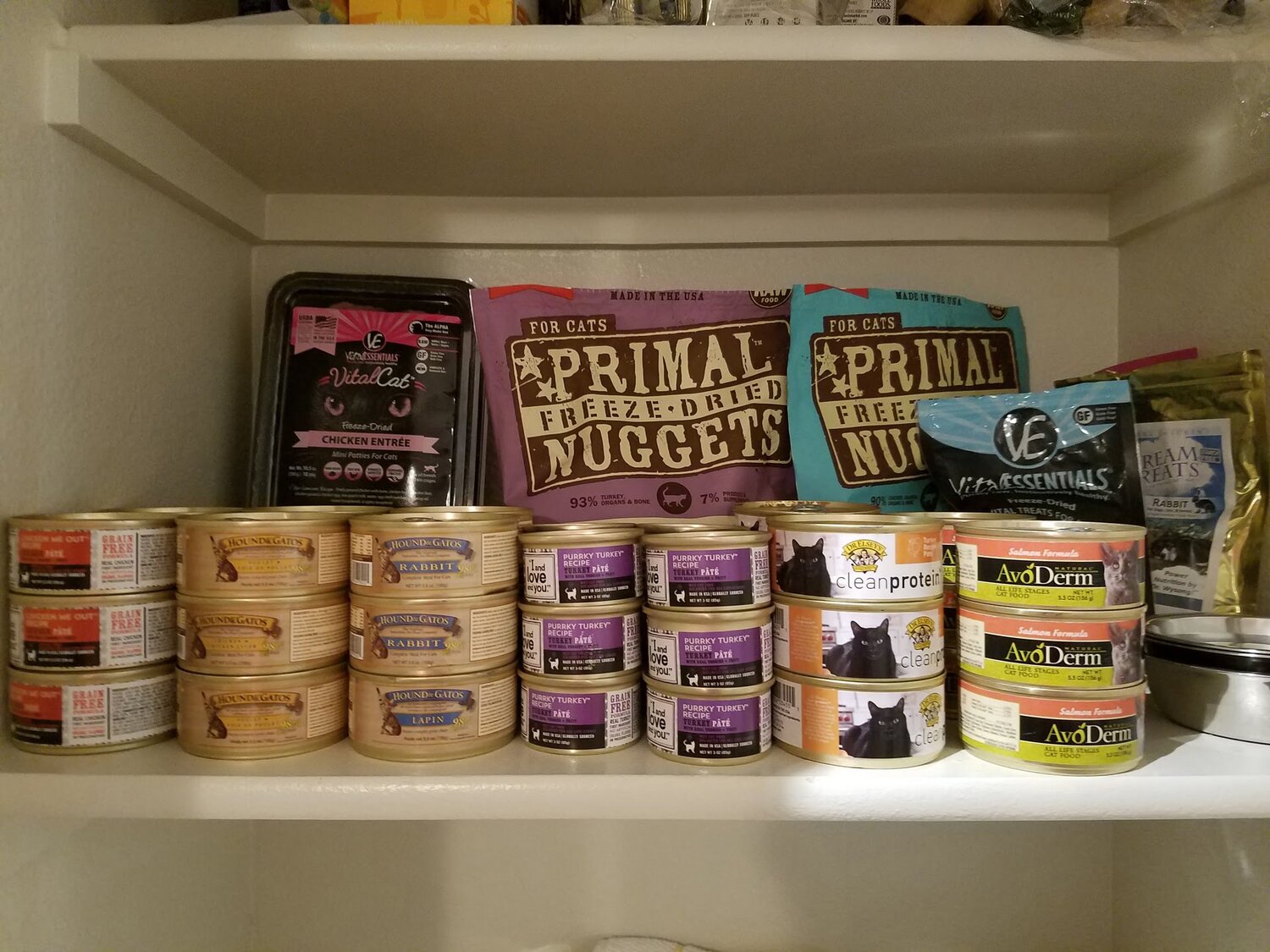

Articles
How To Store Canned Cat Food
Modified: December 7, 2023
Learn the best methods for storing canned cat food in this comprehensive guide. Read our articles to ensure your feline friend's food stays fresh and safe.
(Many of the links in this article redirect to a specific reviewed product. Your purchase of these products through affiliate links helps to generate commission for Storables.com, at no extra cost. Learn more)
Introduction
Properly storing canned cat food is crucial for maintaining its quality and ensuring the health and safety of your feline companion. Whether you buy canned cat food in bulk or have leftovers from a meal, understanding how to store it correctly will help extend its shelf life and preserve its nutritional value.
Cats have specific dietary requirements, and canned cat food is a popular choice among pet owners due to its convenience, palatability, and nutritional benefits. However, improper storage can lead to spoilage, loss of flavor, and potential health risks for your beloved pet. By following a few simple guidelines, you can ensure that your canned cat food stays fresh and safe for consumption.
In this article, we will discuss the importance of properly storing canned cat food, factors to consider before storage, a step-by-step guide on how to store it, best practices, common mistakes to avoid, and frequently asked questions to help you make informed decisions regarding the storage of your cat’s food.
Key Takeaways:
- Properly storing canned cat food is crucial for maintaining its quality, preserving its nutritional value, and ensuring the safety of your feline companion. Follow the recommended guidelines to provide high-quality food for your cat’s well-being.
- Avoid common mistakes such as exposing cans to air, ignoring expiration dates, and storing cat food in inappropriate locations. By following best practices and considering key factors, you can ensure that your canned cat food remains fresh, safe, and nutritionally valuable.
Read more: How To Store Wet Cat Food
Importance of Properly Storing Canned Cat Food
Properly storing canned cat food is essential to maintain its quality, taste, and nutritional value. Here are some key reasons why it is important to handle and store canned cat food correctly:
- Prolongs Shelf Life: Canned cat food has a longer shelf life compared to other types of cat food. However, improper storage can lead to spoilage, reducing its freshness and potentially causing your cat to refuse to eat it.
- Preserves Nutritional Integrity: Canned cat food is formulated to provide essential nutrients for your pet’s health. By storing it properly, you can ensure that these nutrients are preserved and not compromised by exposure to air, light, or high temperatures.
- Maintains Hygiene and Safety: Proper storage of canned cat food helps prevent bacterial growth and contamination, reducing the risk of foodborne illnesses that can affect your cat’s health. Cats are more susceptible to certain bacterial infections, so it is crucial to store their food in a hygienic manner.
- Prevents Wastage: By storing canned cat food correctly, you can avoid unnecessary waste. Opening a can of cat food and leaving it exposed to air can lead to spoilage, making it unfit for consumption and resulting in wasted food.
- Cost-Effective: Buying cat food in bulk can be a cost-effective solution. However, to maximize cost savings, proper storage is necessary. By ensuring the food stays fresh and safe, you can avoid the need to replace spoiled food and save money in the long run.
Overall, properly storing canned cat food is vital for maintaining its quality, safety, and nutritional benefits. By following the recommended storage guidelines, you can provide your cat with high-quality food that promotes their well-being and keeps them healthy and happy.
Factors to Consider Before Storing Canned Cat Food
Before storing canned cat food, it’s crucial to consider certain factors to ensure the food remains safe and maintains its quality. Here are some important factors to keep in mind:
- Expiration Date: Always check the expiration date on the can before purchasing and storing cat food. Expired food can lose its nutritional value and may pose a health risk to your feline companion. Choose cans with a reasonable shelf life to avoid any issues.
- Quality of Packaging: Examine the packaging of the canned cat food for any signs of damage or bulging. Damaged or bulging cans may indicate bacterial contamination or spoilage. It’s important to avoid using such cans and opt for ones with intact and undamaged packaging.
- Storage Capacity: Evaluate the amount of cat food you have and the storage capacity available. If you buy cat food in bulk, ensure you have sufficient space to store it properly. Consider factors like shelf life, how quickly your cat consumes the food, and the number of cats you have to estimate the appropriate quantity to purchase.
- Storage Location: Choose a suitable location for storing canned cat food. Ideally, it should be a cool and dry place away from direct sunlight and extreme temperatures. Avoid storing cat food near cleaning agents, chemicals, or areas prone to humidity, as these can affect the food quality and safety.
- Proper Labeling: It’s important to keep track of the storage duration, especially when dealing with multiple cans or different types of cat food. Label each can with the purchase or opening date to ensure you use them within the recommended time frame.
- Avoid Cross-Contamination: If you use a can opener to open the cat food cans, make sure it is clean and free of any residues from previous uses. Cross-contamination can introduce harmful bacteria to the canned cat food, compromising its safety and quality.
- Consider Your Cat’s Preferences: Cats can be particular about their food, so it’s important to store different flavors separately. This prevents the mingling of aromas and helps preserve the integrity of each flavor. Additionally, observe your cat’s preferences and feeding habits to avoid unnecessary waste.
By considering these factors before storing canned cat food, you can ensure the food remains safe, fresh, and appealing to your furry friend. Taking the time to evaluate these aspects will help you provide the best quality food for your cat’s well-being.
Step-by-Step Guide on How to Store Canned Cat Food
Storing canned cat food properly is essential for maintaining its quality and ensuring your pet’s health. Follow this step-by-step guide to store canned cat food correctly:
- Check the Expiration Date: Before storing canned cat food, ensure that the cans are not expired. Choose cans with a reasonable shelf life to ensure the freshness and nutritional value of the food.
- Inspect the Packaging: Carefully examine the cans for any signs of damage or bulging. Damaged or bulging cans may indicate spoilage or bacterial contamination. It’s important to avoid using such cans and opt for ones with intact and undamaged packaging.
- Choose a Suitable Storage Location: Find a cool, dry, and dark place to store the canned cat food. Avoid areas with direct sunlight, extreme temperatures, or humidity. It’s important to provide proper ventilation to prevent the growth of mold or bacteria.
- Keep the Original Packaging: It’s recommended to store the canned cat food in its original packaging. The packaging is designed to protect the food from harmful elements and maintain its freshness. If the original packaging is damaged, transfer the food to an airtight container that is specifically designed for storing pet food.
- Seal the Cans Properly: After opening a can of cat food, ensure that each can is tightly sealed before storing it. Use plastic lids or covers designed for canned cat food to maintain freshness and prevent the entry of air or contaminants.
- Label the Storage Containers: If you transfer the canned cat food to a different container, make sure to label it with the date of opening or expiration. This helps you keep track of the storage duration and use the food within the recommended time frame.
- Store in the Proper Quantity: Serve the appropriate portion of food to your cat and store the rest in the refrigerator. Do not keep opened cans of cat food at room temperature for an extended period. Cats tend to prefer room temperature food, so take out the required portion and let it sit for a few minutes to reach a comfortable temperature before feeding.
- Rotate the Stock: When adding new cans to your stock, place them behind the older ones to ensure that you use the oldest cans first. This practice helps prevent food waste by ensuring that no cans expire unused.
- Monitor the Food: Regularly check the stored cat food for signs of spoilage or foul odor. If you notice any abnormalities, such as mold or an off smell, discard the food immediately. It’s better to be cautious and prioritize your cat’s health over any potential risks.
By following these simple steps, you can ensure that your canned cat food stays fresh, safe, and appealing for your furry friend. Proper storage not only maintains the quality of the food but also helps to prevent the risk of bacterial contamination or spoilage.
Store canned cat food in a cool, dry place away from direct sunlight. Once opened, cover and refrigerate any unused portion and use within 2-3 days.
Best Practices for Storing Canned Cat Food
To ensure the freshness, safety, and nutritional value of your cat’s food, it’s important to follow these best practices when storing canned cat food:
- Follow Storage Instructions: Read the storage instructions provided by the cat food manufacturer and follow them carefully. Different types and brands of cat food may have specific storage requirements, such as refrigeration or specific temperature ranges.
- Keep the Storage Area Clean: Regularly clean the storage area where you keep the canned cat food. Remove any dust, dirt, or debris that may accumulate. Keeping the storage area clean helps maintain the integrity of the food and prevents the risk of contamination.
- Use Airtight Containers: If you choose to transfer canned cat food to a different container, opt for airtight containers specifically designed for storing pet food. These containers help keep moisture, air, and pests out, preserving the quality of the food and reducing the risk of spoilage.
- Avoid Freezing Canned Cat Food: Freezing canned cat food is not recommended, as it can alter the texture and taste of the food. Freezing can also cause the expansion of the food, which may potentially damage the can or compromise the integrity of the ingredients.
- Separate Open and Closed Cans: If you have both opened and unopened cans of cat food, store them separately. Opened cans should be tightly sealed and stored in the refrigerator, while unopened cans can be stored in a cool, dry place. This prevents the risk of contamination and maintains the freshness of the opened cans.
- Use Food Rotation: Implement a system to rotate the canned cat food stock. Always use the oldest cans first and place the newer ones towards the back. This helps prevent the expiration of unused cans and ensures your cat consumes the food before it loses its freshness.
- Closely Monitor Expiration Dates: Regularly check the expiration dates on the cans. Remove any expired cans from your stock and dispose of them properly. Storing and feeding your cat with fresh and within-date canned food is crucial to their health and well-being.
- Observe Your Cat’s Feeding Habits: Pay attention to your cat’s eating habits and adjust your storage practices accordingly. If your cat tends to eat smaller portions, consider purchasing smaller cans or dividing larger cans into multiple servings to minimize waste and maintain freshness.
- Store in a Pet-Free Zone: Keep the stored cat food in a pet-free zone to avoid accidental access. Some pets, including dogs, may be tempted to raid the cat food stash, potentially causing overeating or dietary issues. Securing the storage area keeps the food designated for your cat only.
By following these best practices, you can ensure that your canned cat food remains fresh, safe, and of the highest quality. Remember to prioritize your cat’s health and well-being by providing them with properly stored and maintained food.
Read more: How To Store Dry Cat Food
Common Mistakes to Avoid When Storing Canned Cat Food
Properly storing canned cat food is essential to maintain its quality and ensure the health of your feline companion. However, there are common mistakes that pet owners may unknowingly make when storing cat food. Avoiding these mistakes can help preserve the freshness and nutritional value of the food. Here are some common mistakes to avoid:
- Exposing Cans to Air: Leaving opened cans of cat food exposed to air can lead to spoilage and loss of freshness. Always seal opened cans tightly using a plastic cover or lid designed for canned pet food.
- Storing Opened Cans at Room Temperature: Opened cans of cat food should not be stored at room temperature for an extended period. Bacteria growth can occur more rapidly in opened cans left unrefrigerated, increasing the risk of foodborne illnesses. Store opened cans in the refrigerator and use the food within a few days.
- Ignoring Expiration Dates: Pay close attention to the expiration dates on cat food cans. Consuming expired food can lead to an increased risk of bacterial contamination and affect the nutritional value of the food. Discard any cans that have passed their expiration date.
- Using Damaged or Bulging Cans: Avoid using cans with dents, cracks, or bulges. These can be signs of compromised packaging, which may lead to spoilage or bacterial contamination. Opt for cans with intact and undamaged packaging to ensure the safety and quality of the food.
- Not Rotating the Stock: Neglecting to rotate your stock can result in cans of cat food expiring unused. Always place newer cans at the back of the storage area and use older cans first to prevent wastage and ensure freshness.
- Storing Cat Food in Inappropriate Locations: Avoid storing cat food near heat sources, direct sunlight, or areas with high humidity. Exposure to these factors can accelerate spoilage and compromise the nutritional value of the food. Choose a cool, dry, and dark location for storage.
- Using Dirty Can Openers: Using a dirty can opener to open cat food cans can introduce harmful bacteria to the food. Ensure that the can opener is clean and free of any residues before use to prevent cross-contamination.
- Transferring Canned Food to Improper Containers: If you choose to transfer cat food to a different container, ensure that it is specifically designed for storing pet food. Using improper containers can expose the food to air, moisture, and pests, leading to spoilage and contamination.
- Overbuying and Not Monitoring Food Consumption: Purchasing excessive quantities of canned cat food without considering your cat’s consumption rate can lead to waste and potential spoilage. Monitor your cat’s food intake and adjust your purchasing habits accordingly.
By avoiding these common mistakes, you can ensure that your canned cat food remains safe, fresh, and nutritionally valuable. Practice proper storage techniques and be mindful of the factors that can affect the quality of the food to provide the best nourishment for your furry friend.
Frequently Asked Questions (FAQs)
Here are some frequently asked questions about storing canned cat food:
- Q: Can I refrigerate opened cans of cat food?
- Q: Can I freeze canned cat food?
- Q: How long can I keep opened canned cat food?
- Q: Can I store leftover cat food directly in the can?
- Q: Should I store canned cat food in the pantry or refrigerator?
- Q: Can I store multiple cans of cat food together?
- Q: How do I know if canned cat food has gone bad?
- Q: Can I feed my cat directly from the refrigerator?
A: Yes, it is recommended to refrigerate opened cans of cat food. Refrigeration helps slow down the growth of bacteria and helps keep the food fresh for a longer period. Remember to cover the can tightly before storing it in the refrigerator and use the food within a few days.
A: Freezing canned cat food is not recommended. Freezing can alter the texture and taste of the food, compromising its quality. It is best to store canned cat food in the refrigerator or a cool, dry place.
A: Opened canned cat food should be kept refrigerated and used within 2-3 days. Discard any leftovers that have been refrigerated for longer than the recommended time to ensure the safety and freshness of the food.
A: It is not recommended to store leftover cat food directly in the can. It is best to transfer any opened cans to an airtight container or cover it with a plastic lid. Storing the food in a separate container helps maintain freshness and prevents potential contamination.
A: Unopened canned cat food can be stored in a cool, dry place like a pantry. However, once opened, it’s best to refrigerate the remaining food to maintain its freshness and prevent spoilage or bacterial growth.
A: Yes, you can store multiple cans of cat food together. However, it is important to practice food rotation and use the oldest cans first. This helps ensure that no cans expire unused and maintains the freshness of the food.
A: Signs that canned cat food has gone bad include a foul odor, mold growth, or a change in color or texture. If you notice any of these signs, it is best to discard the food to avoid potential health issues for your cat.
A: Cats tend to prefer food at room temperature. If you refrigerate the canned cat food, let it sit at room temperature for a few minutes before serving it to your cat. This helps bring it to a more comfortable temperature for consumption.
If you have any further questions or concerns about storing canned cat food, it’s always a good idea to consult with your veterinarian for personalized advice and guidance.
Conclusion
Properly storing canned cat food is essential for maintaining its quality, freshness, and nutritional value. By following the guidelines outlined in this article, you can ensure that your feline companion receives the best possible nourishment and minimize the risk of health issues caused by spoiled or contaminated food.
Remember to check the expiration dates and inspect the packaging of the canned cat food before purchasing and storing it. Use airtight containers or keep the food in its original packaging to preserve its freshness and protect it from exposure to air, light, and moisture.
Choose a suitable storage location that is cool, dry, and away from direct sunlight. Avoid storing cat food near heat sources or areas prone to humidity. Regularly monitor the food for any signs of spoilage or unappealing odor and discard any cans that have passed their expiration date.
Furthermore, practice food rotation to ensure that you use older cans before newer ones and minimize waste. And always observe your cat’s feeding habits to provide appropriate portion sizes and avoid unnecessary leftovers.
By following these best practices and avoiding common mistakes, you can maintain the freshness, safety, and nutritional integrity of your cat’s food. This will result in a happy and healthy cat who enjoys every meal.
Remember, if you have any specific concerns or questions about storing canned cat food, it’s best to consult with your veterinarian for professional advice tailored to your cat’s needs.
Frequently Asked Questions about How To Store Canned Cat Food
Was this page helpful?
At Storables.com, we guarantee accurate and reliable information. Our content, validated by Expert Board Contributors, is crafted following stringent Editorial Policies. We're committed to providing you with well-researched, expert-backed insights for all your informational needs.
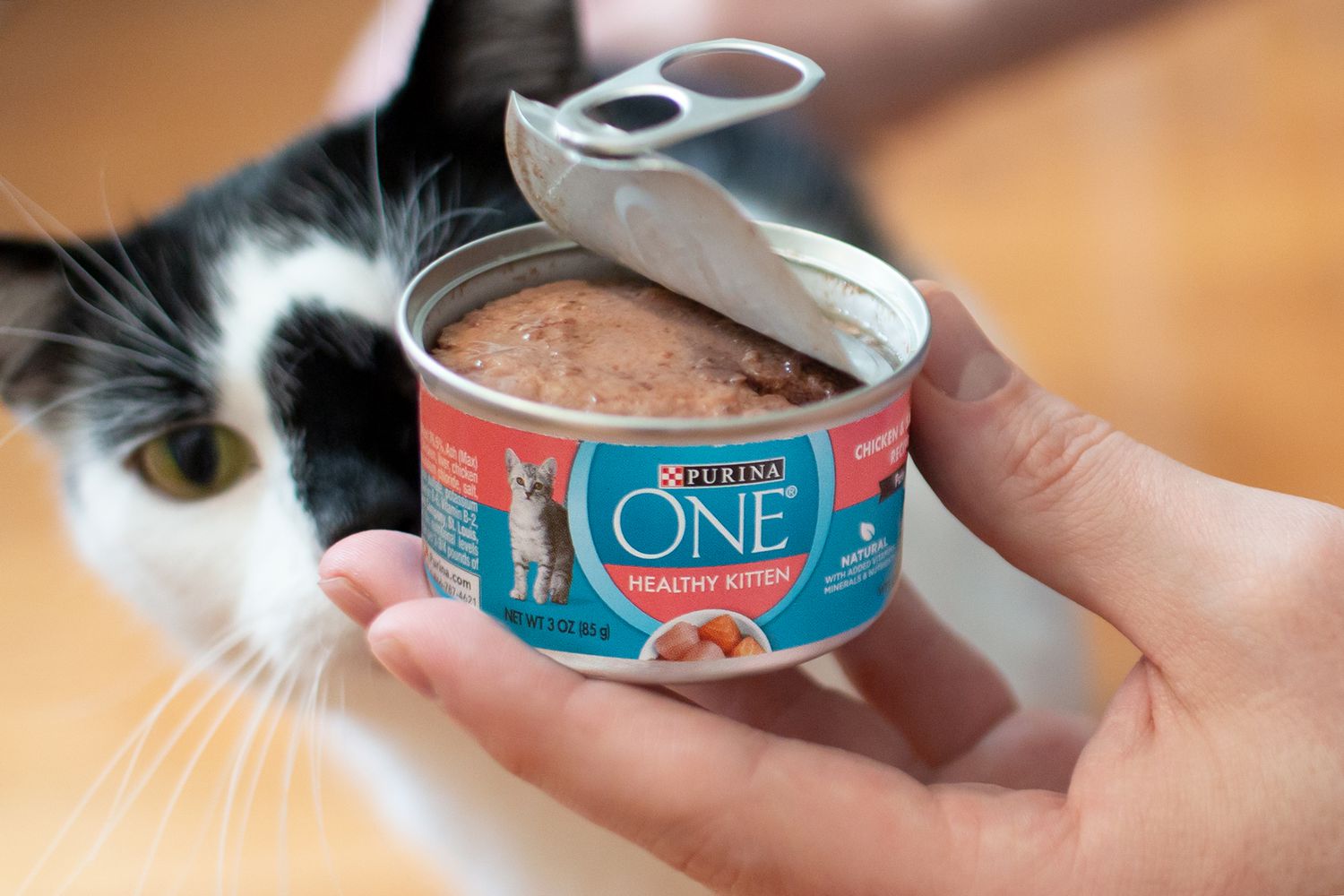
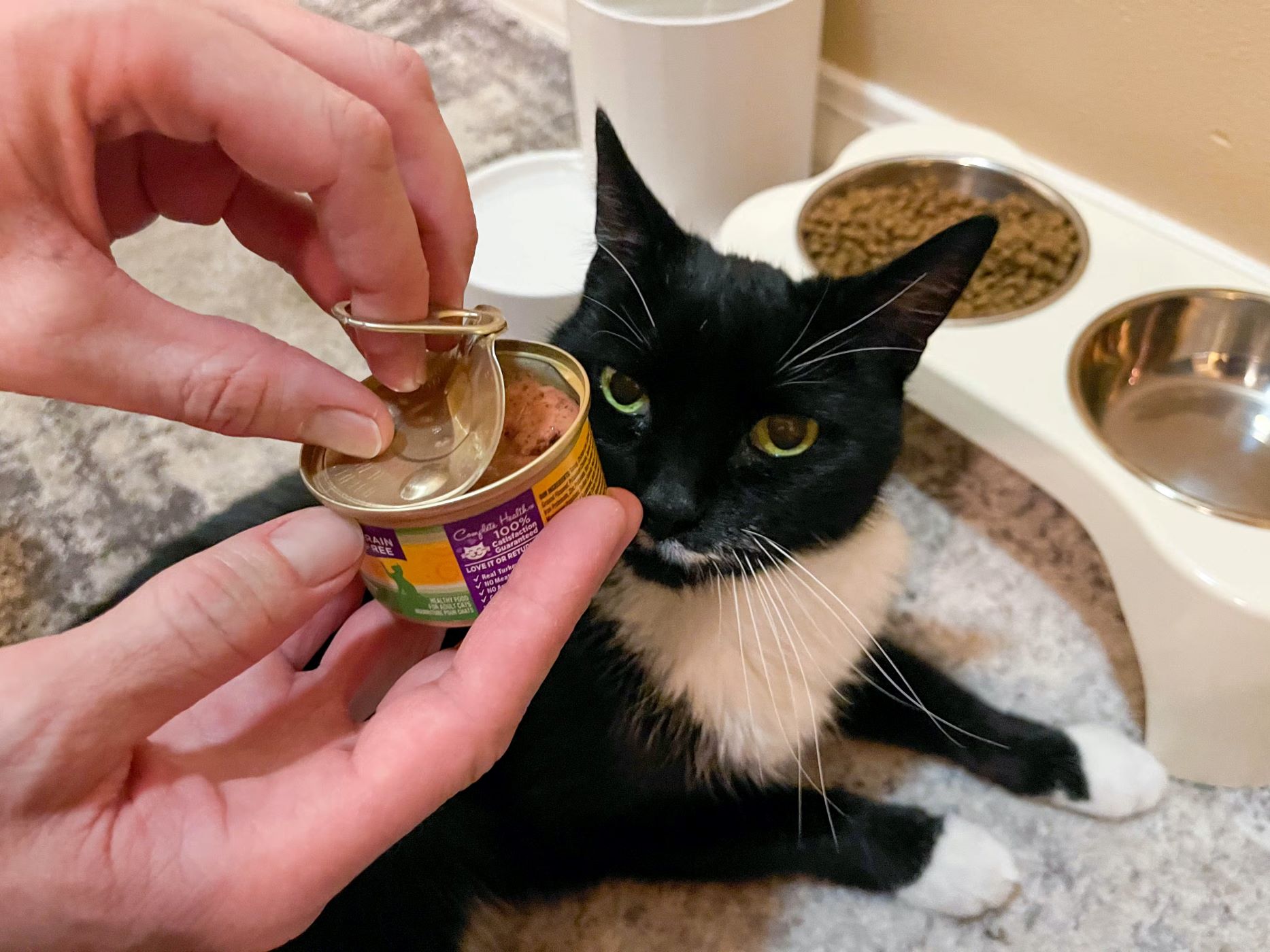
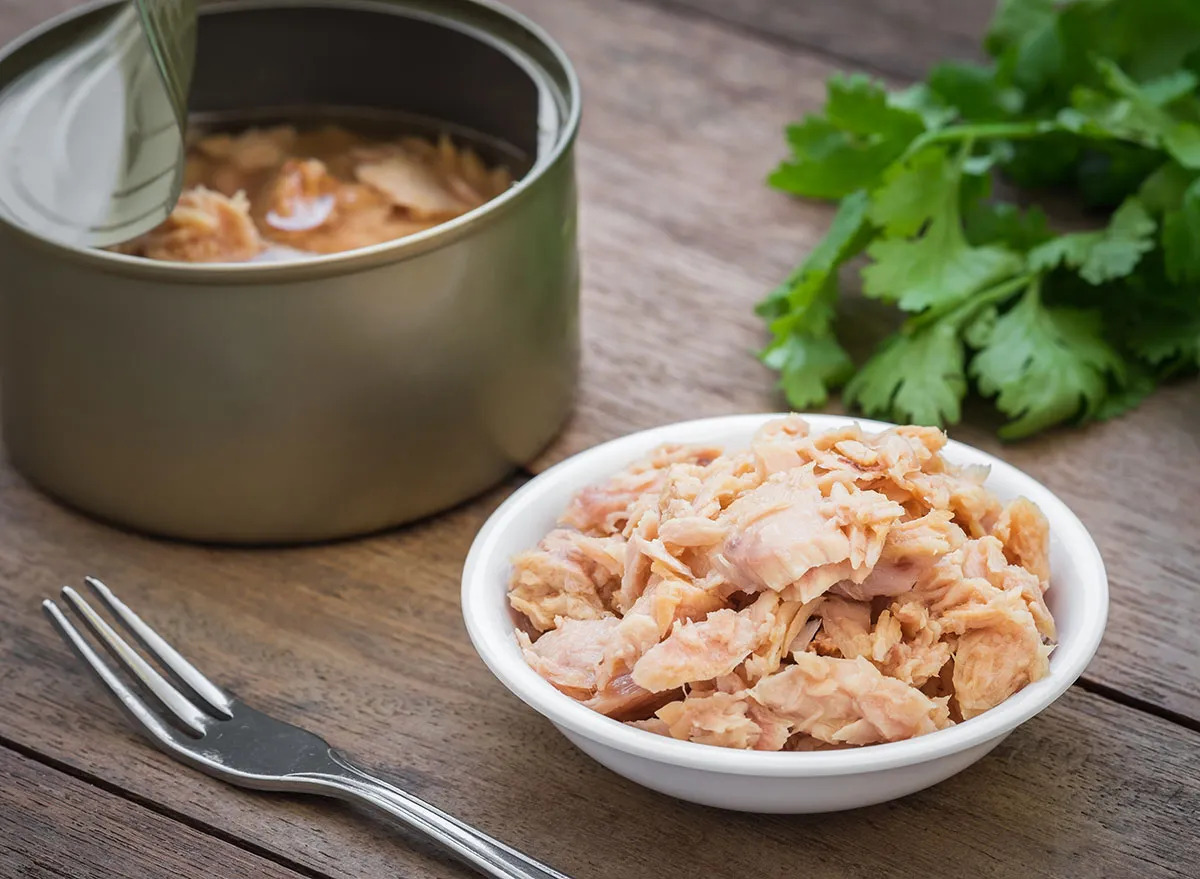
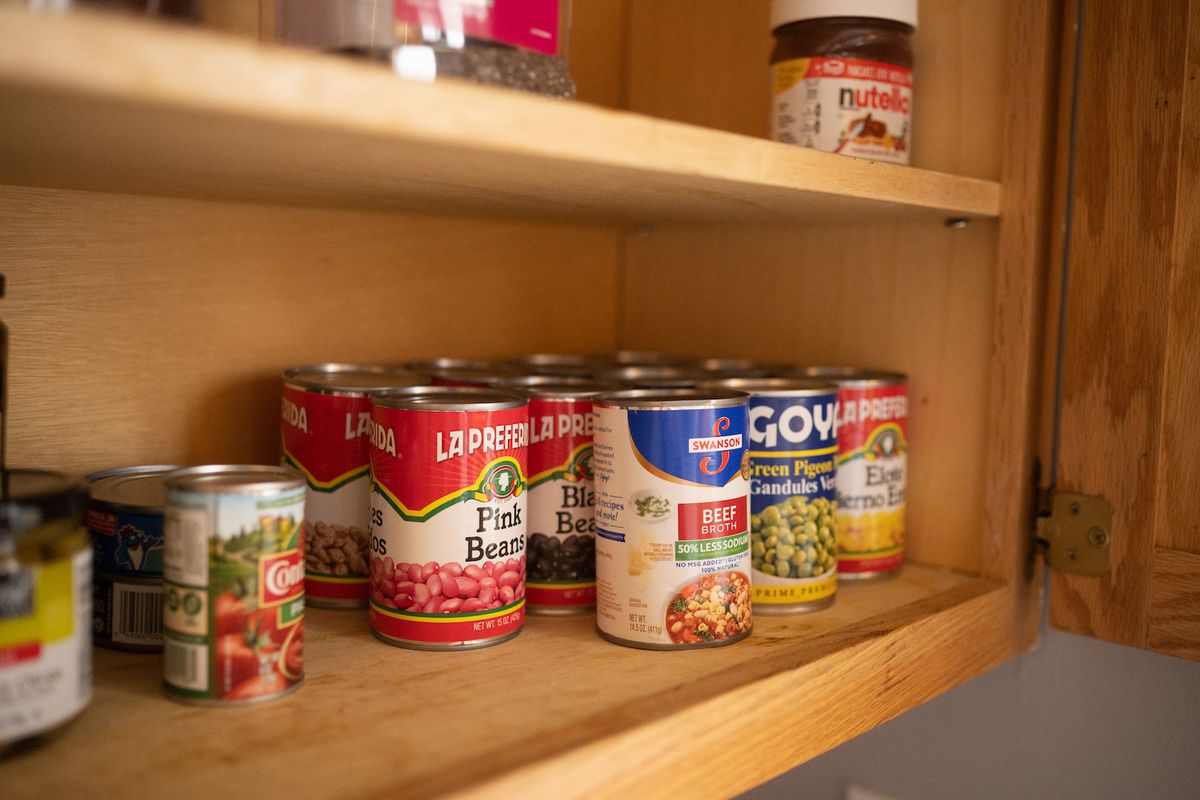
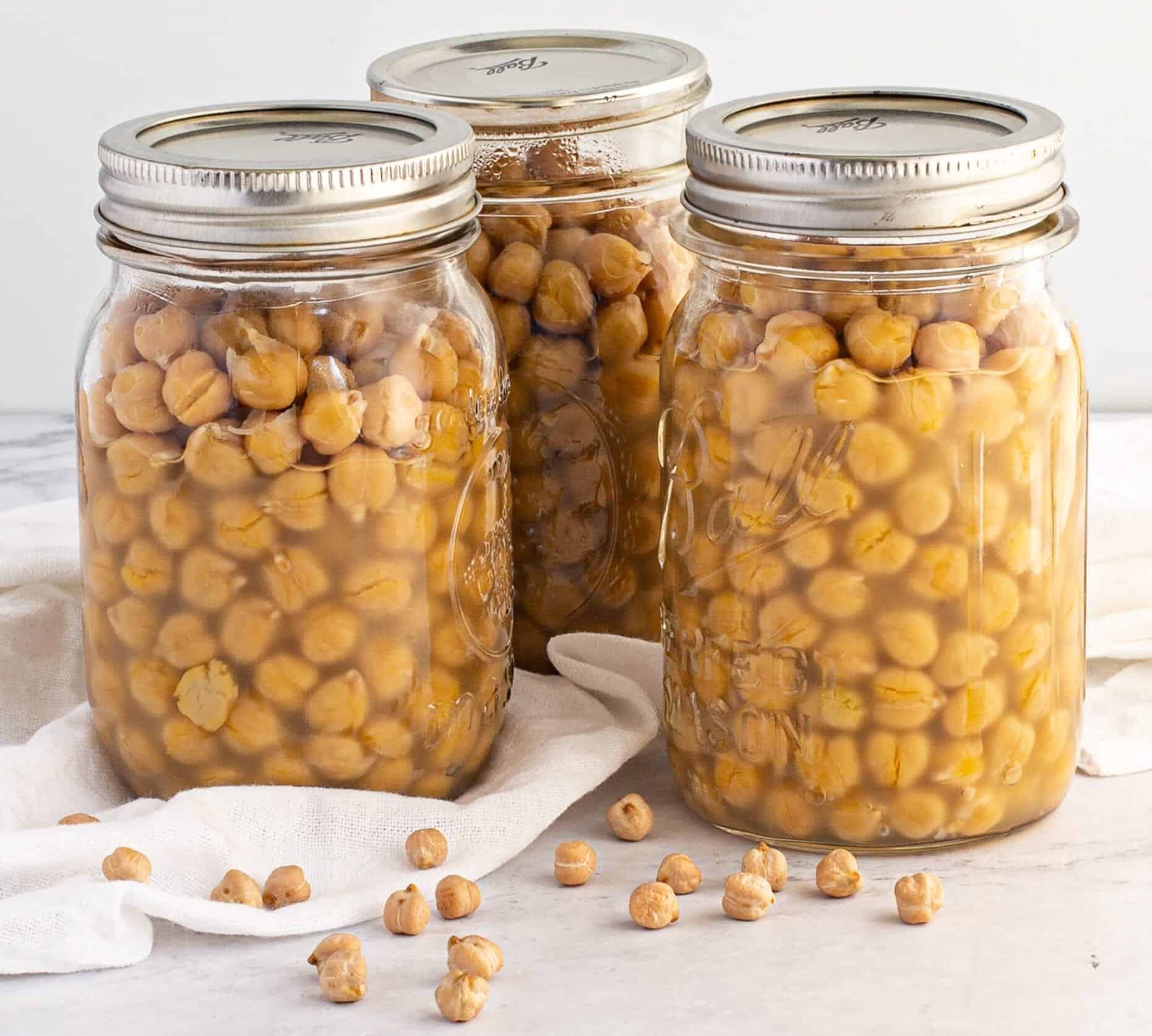
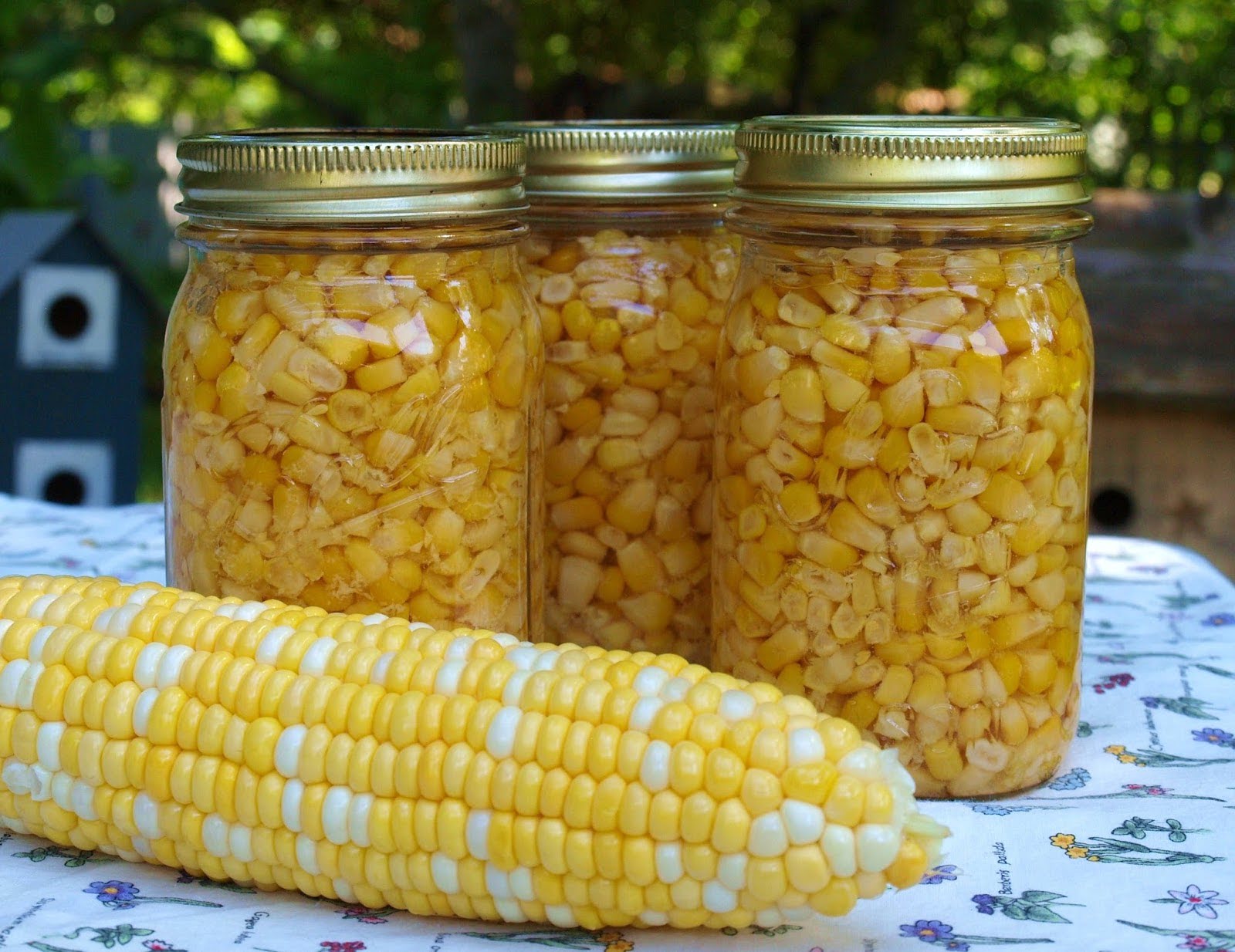
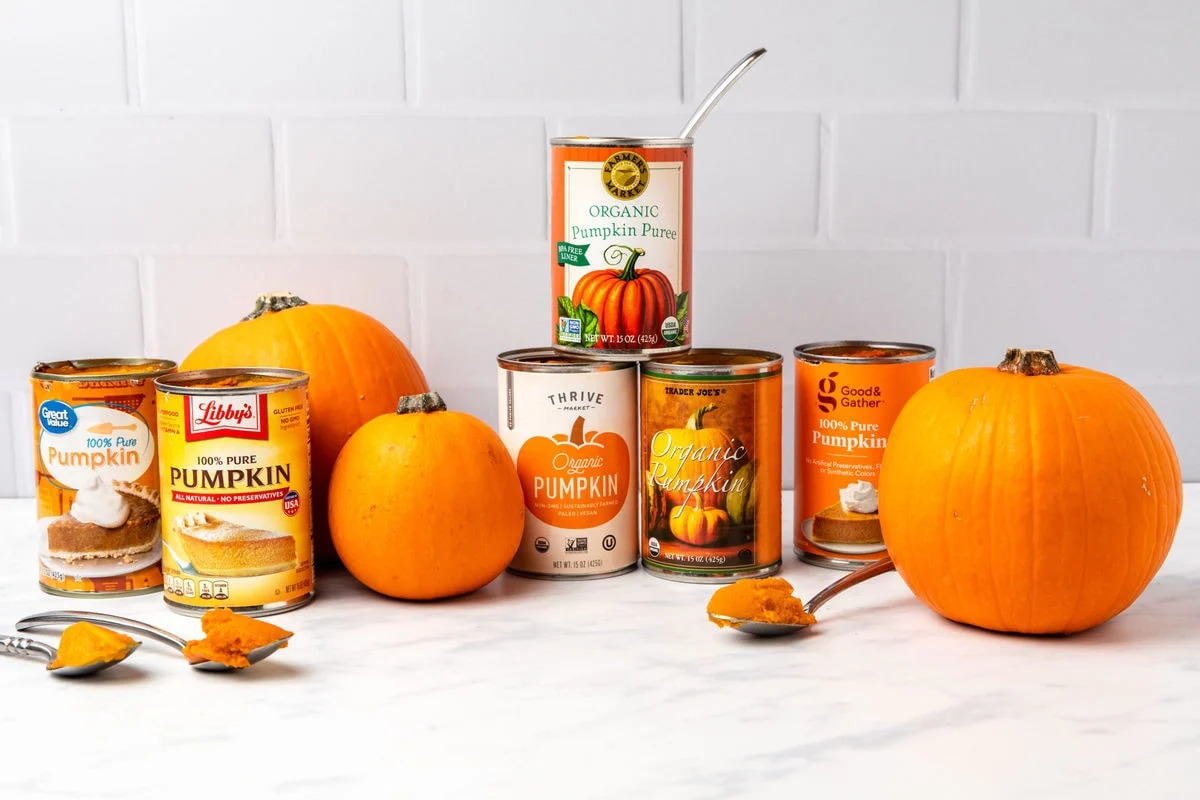
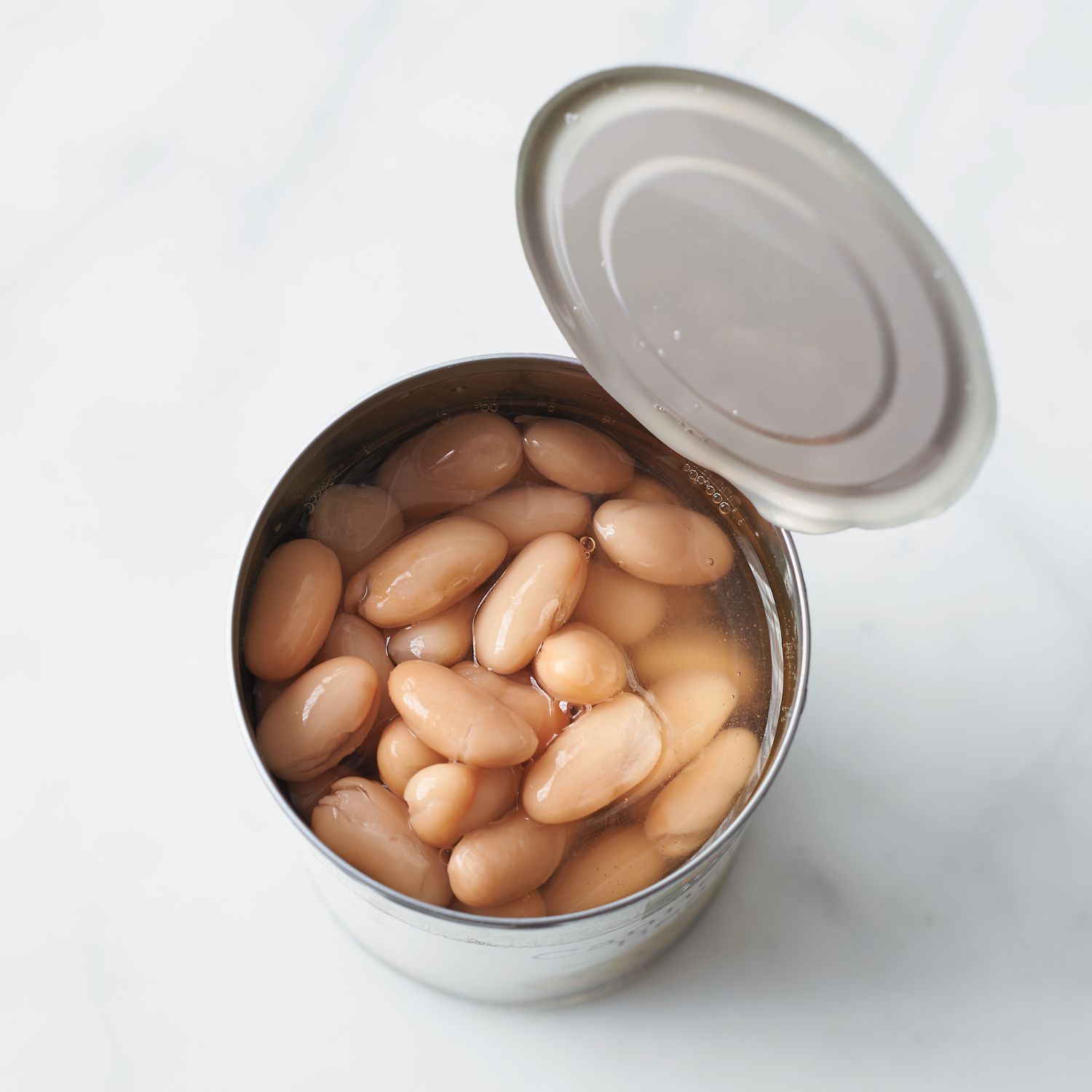
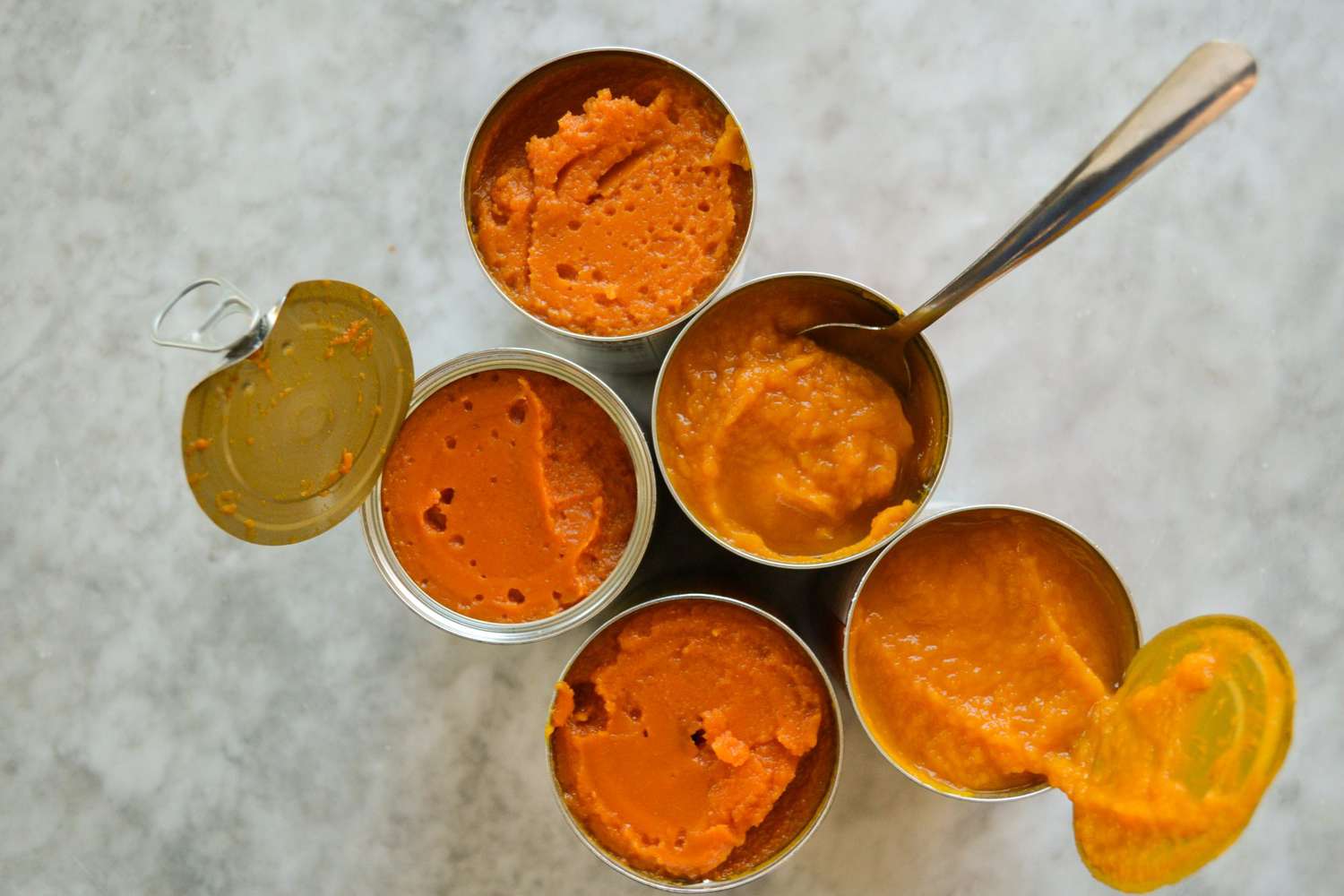
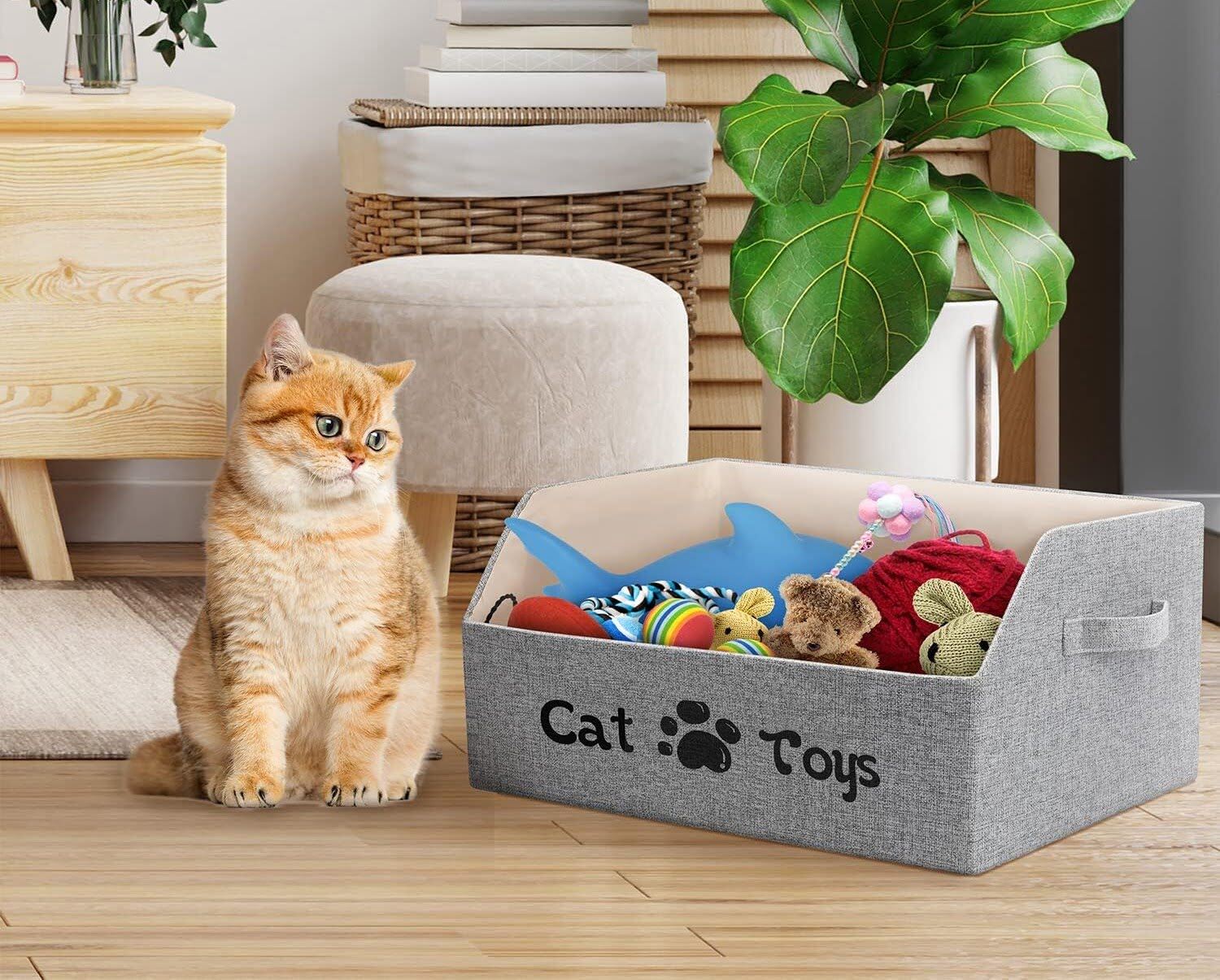
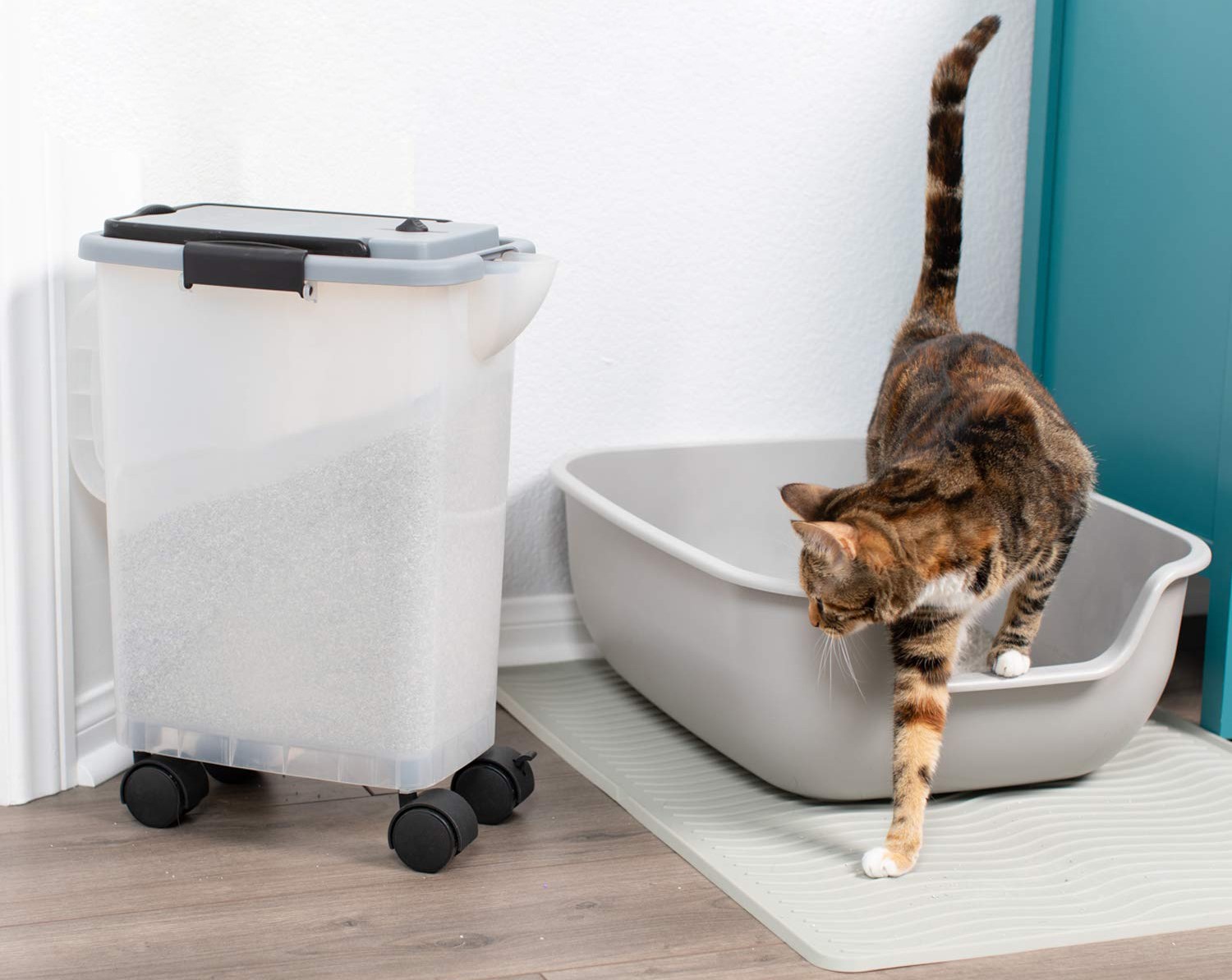
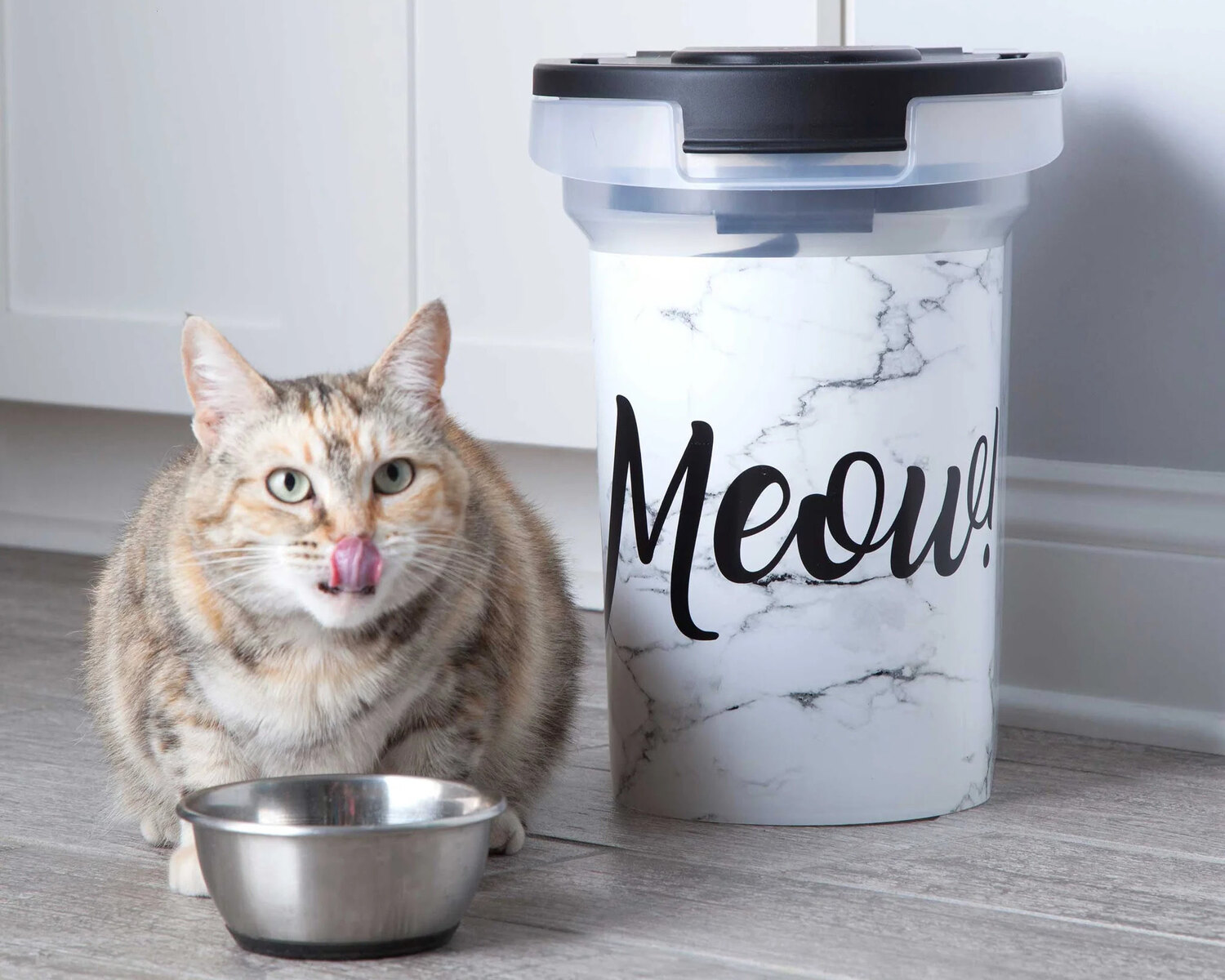
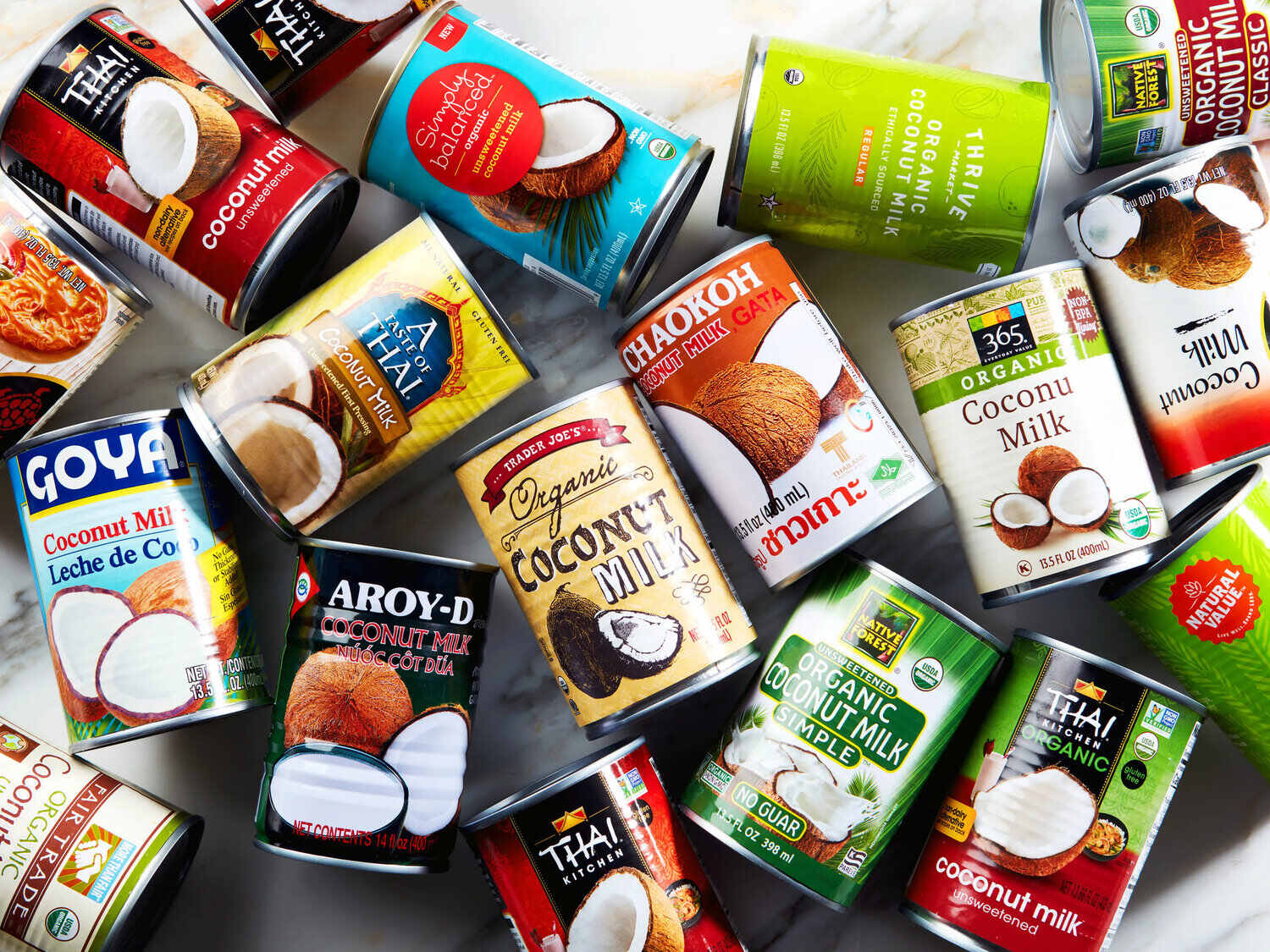
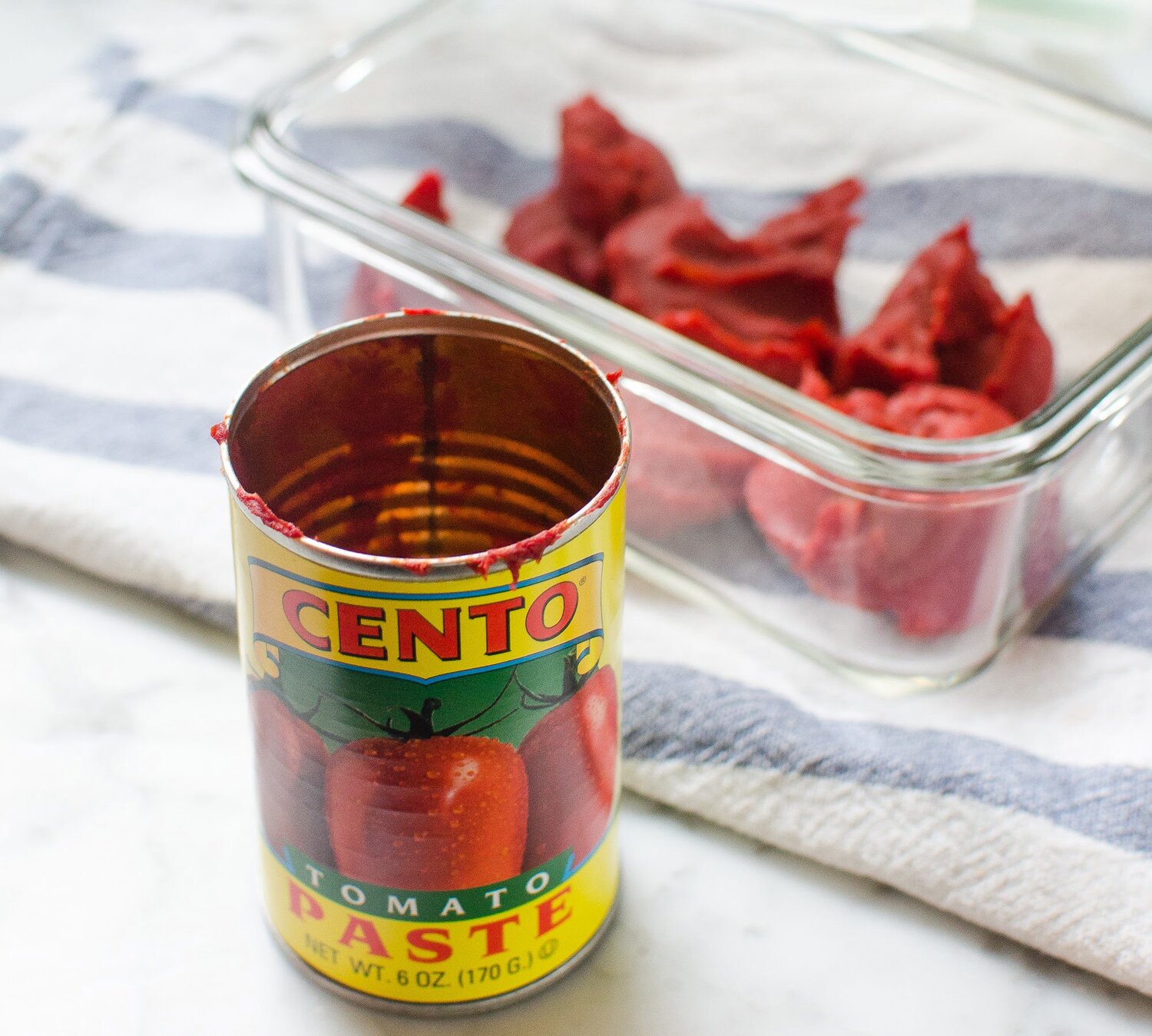

0 thoughts on “How To Store Canned Cat Food”